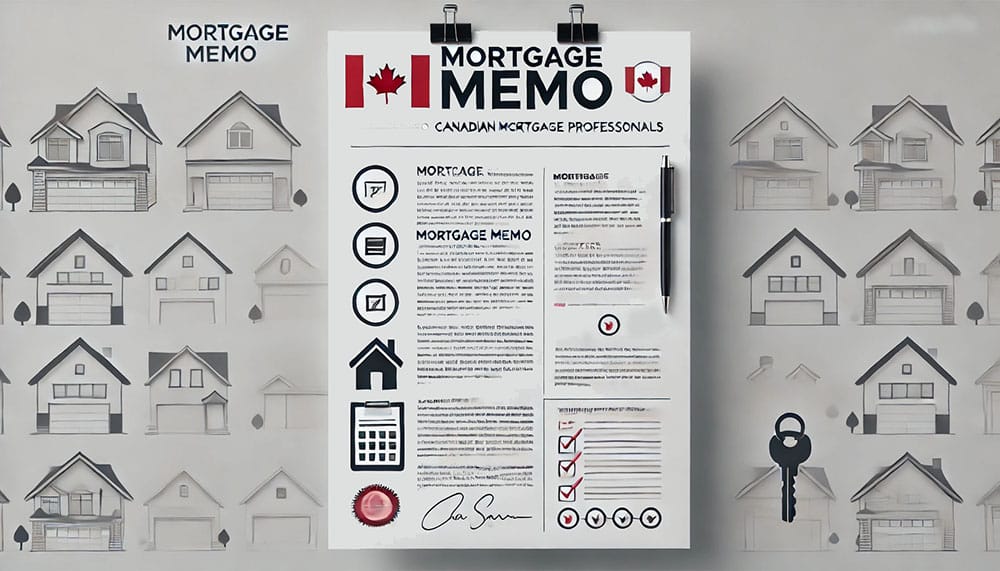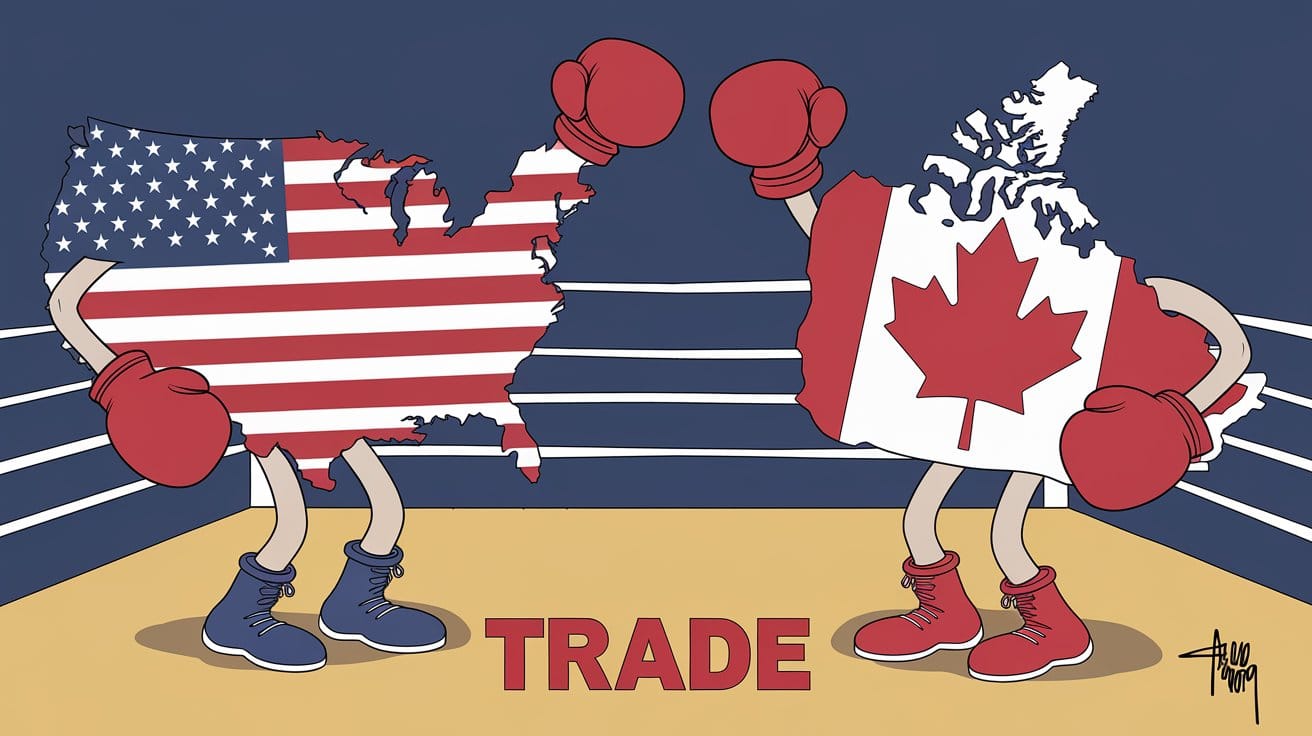MLN Alerts
MLN Stream
💡For a rundown of what the BoC and Fed did today, see today's Mortgage Memo. At Wednesday's press conference, a reporter asked BoC Chief Tiff Macklem what he'll be doing on Saturday morning, when Trump is expected to hit us with tariffs. Rest assured,
And Now We Wait
At Wednesday's press conference, a reporter asked BoC Chief Tiff Macklem what he'll be doing on Saturday morning, when Trump is expected to hit us with tariffs. Rest assured, he won’t be binge-watching Looney Tunes.
Nope. Instead, he'll be "watching the news," he said, pondering how inflation would react to a U.S.-instigated trade scuffle. And so far, he's not sure.
The BoC admits that even its crack team of model-tweaking PhDs can't predict how inflation will pan out in a 25% tariff situation. For Joe and Jane Mortgagor, what chance do they have to get the rate outlook right: 50/50 if they guess?
All this uncertainty makes mortgage term selection like picking a favourite child—tricky, but not impossible.
Back to top💡Following this story (further below) we preview a new offering from Cedar, a company that wants to buy your land to lessen your mortgage burden. VC-backed online mortgage provider, Pine, is piloting a new offering from Zown that boosts buyers' down payments and gives them extra cash for closing
Pine Test Drives Zown's New Cashback Realty Program
VC-backed online mortgage provider, Pine, is piloting a new offering from Zown that boosts buyers' down payments and gives them extra cash for closing costs.
The program uses a well-worn strategy to put money in the buyer's pocket, but it has a few twists. Today, we examine whether the program is just marketing razzle-dazzle or a genuine boon for homebuyers.
Back to topTalk about ironic timing. Mortgage shoppers have stampeded toward variable mortgages lately. Yet, large prime rate discounts are disappearing faster than hors d'oeuvres at a banking conference. In the last week alone, the average floating-rate spread below prime has shrunk by 5 bps (source: Canadian Mortgage Rate Survey)
Prime - 1% Variable Discounts: Now You See Them, Now You Don’t
Talk about ironic timing.
Mortgage shoppers have stampeded toward variable mortgages lately. Yet, large prime rate discounts are disappearing faster than hors d'oeuvres at a banking conference.
In the last week alone, the average floating-rate spread below prime has shrunk by 5 bps (source: Canadian Mortgage Rate Survey). Signs point to further discount erosion ahead.




